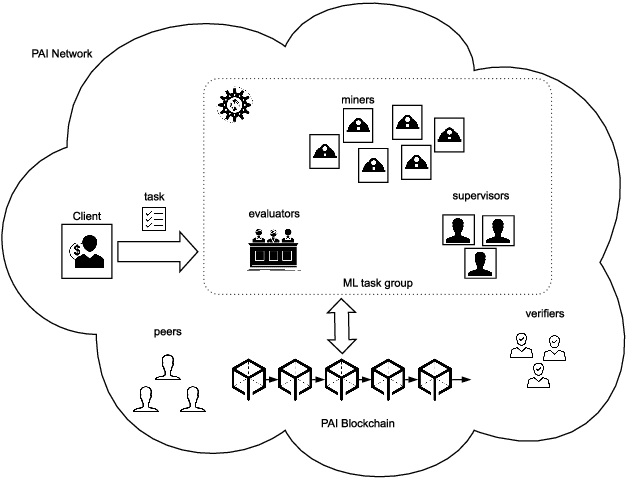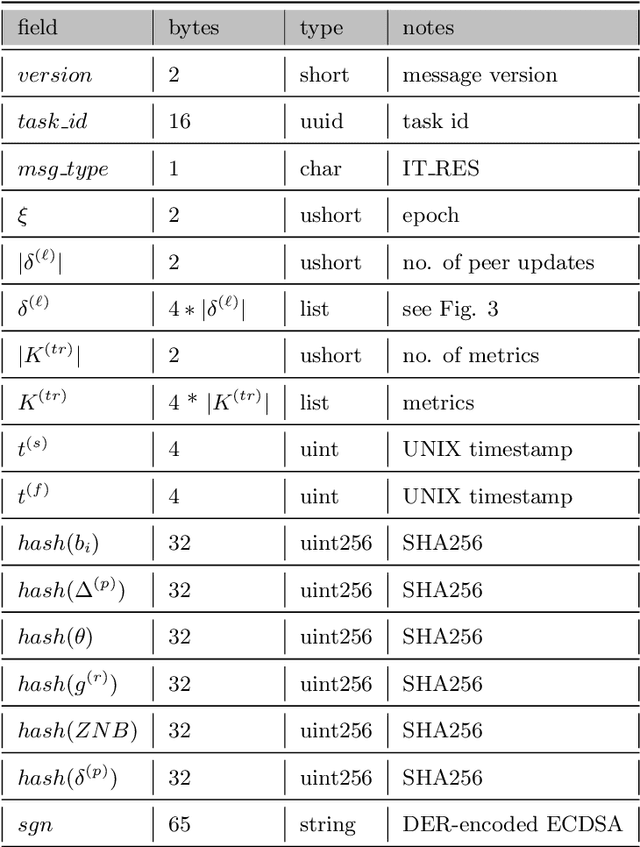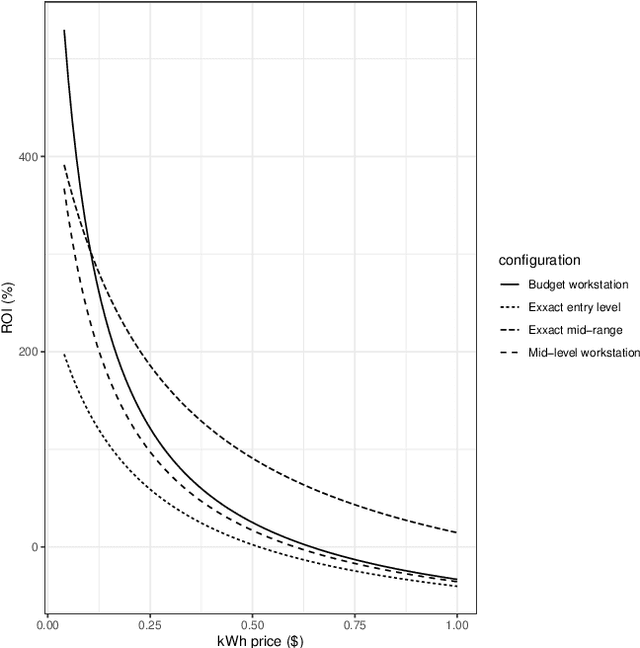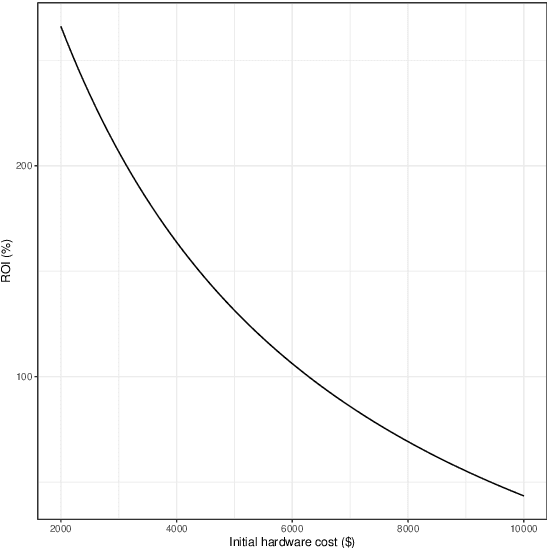Jincheng Du
Evaluation of GlassNet for physics-informed machine learning of glass stability and glass-forming ability
Mar 19, 2024



Abstract:Glasses form the basis of many modern applications and also hold great potential for future medical and environmental applications. However, their structural complexity and large composition space make design and optimization challenging for certain applications. Of particular importance for glass processing is an estimate of a given composition's glass-forming ability (GFA). However, there remain many open questions regarding the physical mechanisms of glass formation, especially in oxide glasses. It is apparent that a proxy for GFA would be highly useful in glass processing and design, but identifying such a surrogate property has proven itself to be difficult. Here, we explore the application of an open-source pre-trained NN model, GlassNet, that can predict the characteristic temperatures necessary to compute glass stability (GS) and assess the feasibility of using these physics-informed ML (PIML)-predicted GS parameters to estimate GFA. In doing so, we track the uncertainties at each step of the computation - from the original ML prediction errors, to the compounding of errors during GS estimation, and finally to the final estimation of GFA. While GlassNet exhibits reasonable accuracy on all individual properties, we observe a large compounding of error in the combination of these individual predictions for the prediction of GS, finding that random forest models offer similar accuracy to GlassNet. We also breakdown the ML performance on different glass families and find that the error in GS prediction is correlated with the error in crystallization peak temperature prediction. Lastly, we utilize this finding to assess the relationship between top-performing GS parameters and GFA for two ternary glass systems: sodium borosilicate and sodium iron phosphate glasses. We conclude that to obtain true ML predictive capability of GFA, significantly more data needs to be collected.
A Proof of Useful Work for Artificial Intelligence on the Blockchain
Jan 25, 2020



Abstract:Bitcoin mining is a wasteful and resource-intensive process. To add a block of transactions to the blockchain, miners spend a considerable amount of energy. The Bitcoin protocol, named 'proof of work' (PoW), resembles a lottery and the underlying computational work is not useful otherwise. In this paper, we describe a novel 'proof of useful work' (PoUW) protocol based on training a machine learning model on the blockchain. Miners get a chance to create new coins after performing honest ML training work. Clients submit tasks and pay all training contributors. This is an extra incentive to participate in the network because the system does not rely only on the lottery procedure. Using our consensus protocol, interested parties can order, complete, and verify useful work in a distributed environment. We outline mechanisms to reward useful work and punish malicious actors. We aim to build better AI systems using the security of the blockchain.
 Add to Chrome
Add to Chrome Add to Firefox
Add to Firefox Add to Edge
Add to Edge